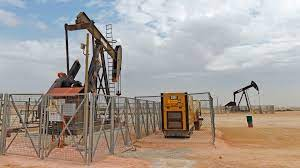Consumption of crude oil for power generation in Middle East is on decline

September 18, 2025
The consumption of crude oil for power generation in the Middle East is on the decline, leaving more crude available for exports, the International Energy Agency has reported. This is despite a surge in electricity demand in the region, the agency added.

Electricity demand in the wider region of the Middle East and North Africa expanded threefold between 2000 and 2024, the IEA said, driven by population expansion and higher wages leading to better living standards and, consequently, higher electricity demand.
To date, most of the region’s power generation needs are being covered by natural gas and crude oil, to the tune of as much as 90%.
However, this is changing in favor of natural gas, which the IEA expects will meet 50% of power generation growth by 2035. Over that period, demand for electricity is seen growing by as much as 40% in the region, according to the IEA.
Oil, meanwhile, is set for a decline as a source of energy for power generation.

Currently, the fuel accounts for a fifth of power generation. By 2035, this could fall to as little as 5%, leaving a lot more Middle Eastern crude oil available for sale abroad.
“Demand for electricity is surging across the Middle East and North Africa, driven by the rapidly rising need for air conditioning and water desalination in a heat- and water-stressed region with growing populations and economies,” the IEA’s Fatih Birol said in a news release on the report.
“The region has already seen the third largest growth in electricity consumption globally since the start of the century, after China and India.

To meet this demand, power capacity over the next 10 years is set to expand by over 300 gigawatts, the equivalent of three times Saudi Arabia’s current total generation capacity,” he added.
Oilprice.com






